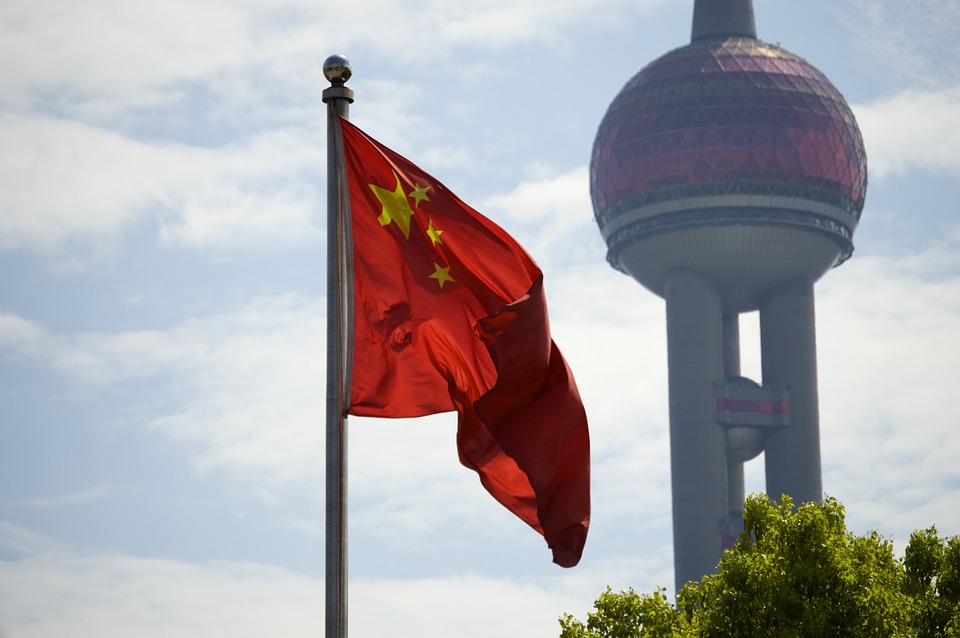
BEIJING — China’s factory activity weakened further in December, an official survey showed Monday, boosting pressure on Beijing to reverse an economic slowdown as it heads into trade talks with Washington.
The purchasing managers’ index of the National Bureau of Statistics and an industry group, the China Federation of Logistics & Purchasing, fell to 49.4 from November’s 50.0 on a 100-point scale on which numbers below 50 show activity contracting.
Chinese economic growth sank to a post-global crisis low of 6.5 per cent over a year earlier in the quarter that ended in September despite government efforts to reverse the downturn by ordering banks to lend more and boosting spending on public works construction.
Forecasters expect annual growth of about 6.5 per cent, down slightly from 2017’s 6.7 per cent. But some industry segments including auto and real estate sales have suffered more serious declines.
“Downward pressure on the economy is still large,” economist Zhang Liqun said in a statement issued with the PMI.
Overall orders and exports both contracted, indicating Chinese factories are suffering from weak demand at home and abroad.
Exports to the United States kept growing at double-digit monthly rates through late 2018 despite President Donald Trump’s punitive tariffs. But growth in exports to the rest of the world fell sharply in November and forecasters expect American demand to weaken in early 2019.
That adds to complications for Chinese leaders who are trying to reverse a broad economic slowdown and avert politically dangerous job losses.
Chinese and U.S. envoys are due to meet in January for talks aimed at ending their tariff battle. But economists say the 90-day moratorium on new penalties agreed to by Trump and his Chinese counterpart, Xi Jinping, on Dec. 1 is likely to be too little time to resolve their sprawling dispute.
Chinese economic activity already was weakening after Beijing tightened controls on bank lending in late 2017 to cool a debt boom.
The downturn was more abrupt than expected, which prompted regulators to reverse course and ease credit controls. But they moved gradually to avoid reigniting a rise in debt. Their measures have yet to put a floor under declining growth.
Chinese leaders promised at an annual economic planning meeting in mid-December to shore up growth with tax cuts, easier lending for entrepreneurs and other steps